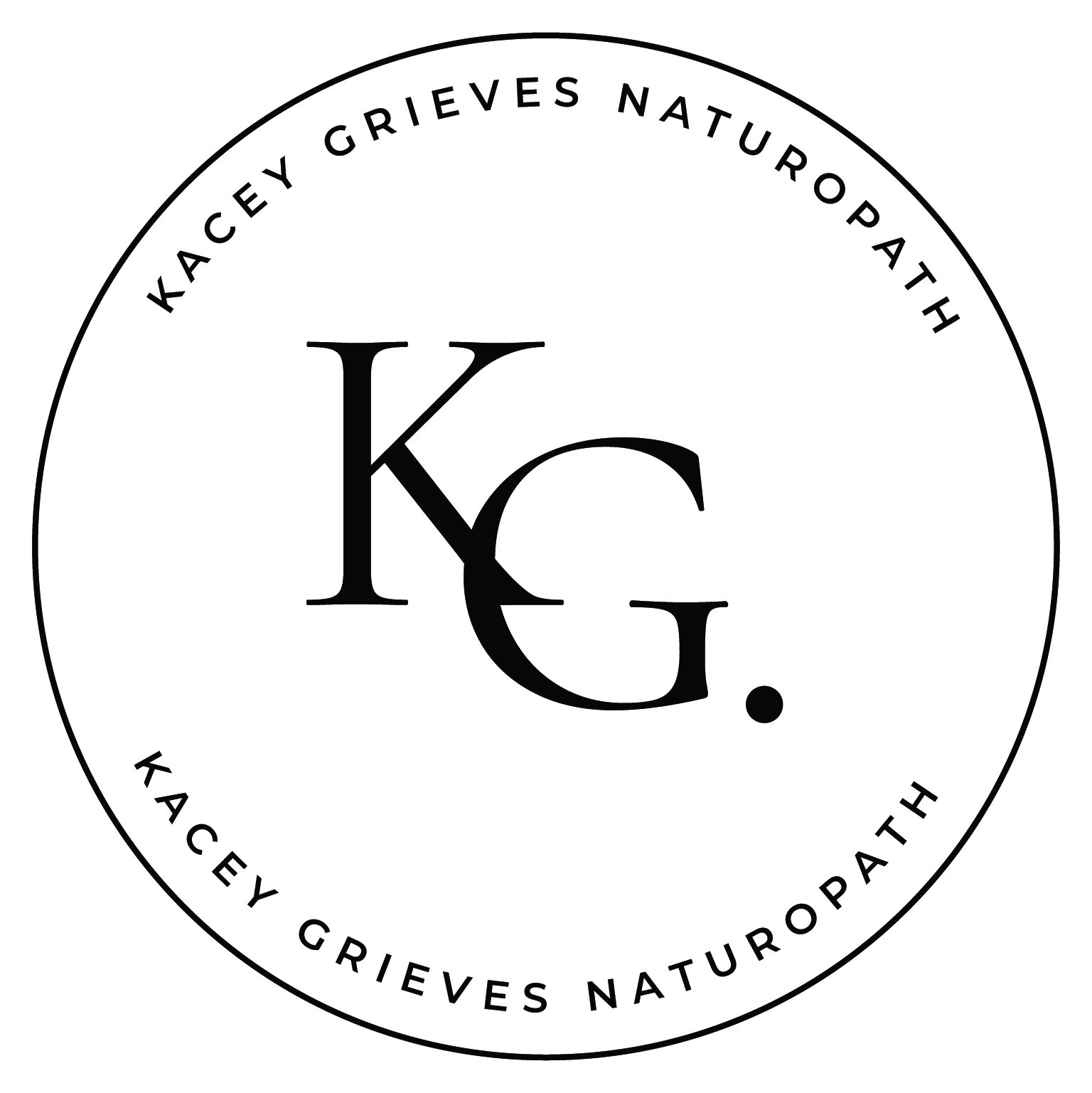Is Kale really a superfood?
Natural Health Centre Health tips
“A healthy outside starts from the inside”
Food or superfood?
Kale - What is it really? Do we call it a superfood or is it just a food?
Often, we give everyday foods these “superfood” titles that make them out to be more than what we actually know are “naturally occurring wonders” and this goes for all fruit and vegetables.
Kale, a member of the brassica (cabbage) family, is no different. Yes, it may be amazing that these foods have such healing and medicinal properties, however these properties are nothing new and have not been discovered by our generation.
Yes, we have greater technology and ability to produce research to back up the amazing traditional findings, however experts have known about this for centuries. In fact, kale was originally a non-specific garden plant which was eaten, yet not popular until the 1600’s when it started to be grown for human consumption. Not only does it look prehistoric, it is!
How should you eat Kale? Kale is best eaten raw or blanched. Why? Because it holds its highest nutritional value like this. And, whilst still nutrient dense when cooked, its antioxidants reduce (and you don’t want that).
How good is it for you really? A 12-week trial of a daily dose of 150ml of kale juice for a group of men with coronary risk factors, revealed that kale juice daily helps reduce HDL (nasty cholesterol) and improve the LDL (good cholesterol), thereby reducing the coronary artery disease in men.
The studies showed this reduction was due to the antioxidant content of the kale and the increase in selenium uptake by the body, thanks to the glutathione production stimulated by kale. So, when you look at kale as a food with high antioxidants, exponential folate, vitamin A, B, C, E and K, it truly does sound like a super food indeed!
What about other health benefits? When it comes to stress, inflammation and the daily pressures and struggles of the average Australian, kale really is a marvelous addition to the daily diet.
Its rich Potassium levels help to alkalise the body, the magnesium content supports energy production and stress relief, and the low carb and GI levels create a nutritional snack that will medicinally support your body. Other snacks are simply a ‘quick fix’ and often leave you with the aftermath of bloating, sugar cravings and energy drops – kale will not!
Kale recipe ideas
Looking for some quick, easy and delicious ways to add kale to your daily diet?
Here are a couple of ideas:
Kaleslaw
A kaleslaw (as a substitute to coleslaw) is a great recipe. Simply combine kale, carrot, beetroot, fresh herbs and nutritious seeds, to make a delicious superfood salad. Season with a little salt and pepper and a dash of olive oil mixed with apple-cider vinegar for that extra flavour.
Wraps or rice paper rolls
Next time you make wraps or rice paper rolls, why not add some crispy kale instead?
Stir-fry
Another option is to stir-fry it with an abundance of greens, garlic and unpasteurised organic butter.
Better yet, jump onto Food 2 Nourish Tips, Hints & Recipes Facebook group and check out Emma’s kale chips with garlic and parmesan recipe – yum!
So, I guess I’ll get off my soap box and agree… it’s a superfood! As long as you remember to consume kale, along with 8 cups of other fresh, in season, locally grown superfoods each day.
What are the other real superfoods? You’ll have to wait for my next article to find out.


